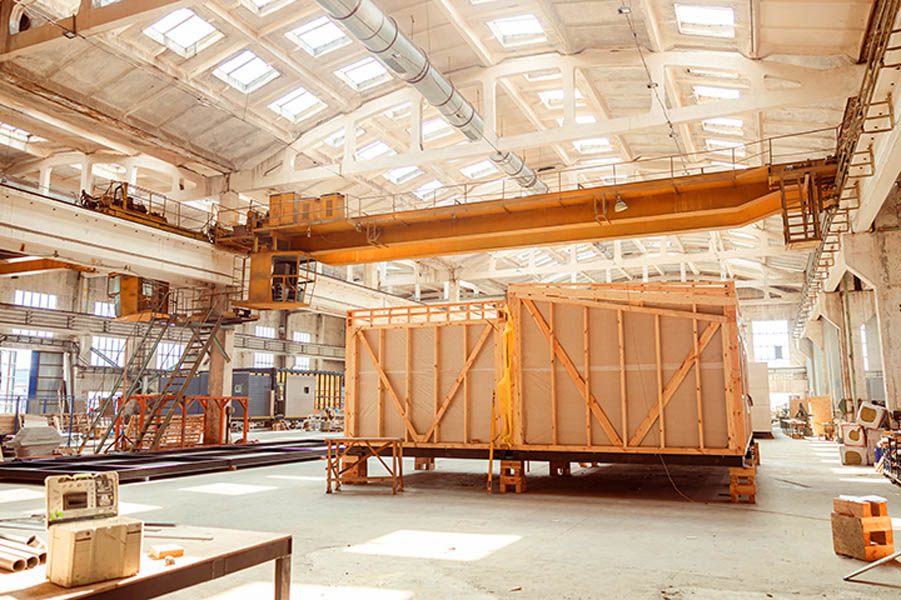
Traditional home construction is slow, expensive, and full of unpredictable delays. Modular homes, on the other hand, are changing the game. Built in controlled environments, transported in sections, and assembled on-site, they combine speed, quality, and efficiency in a way that traditional builds can’t match.
Once seen as a niche option, modular homes are now leading the future of modern housing.
Faster Construction, Fewer Delays
Precision-Built in Factories
Unlike traditional homes that face weather delays, labor shortages, and material price swings, modular homes are built indoors, under strict quality control. This means:
- Consistent production timelines—no waiting for clear skies.
- Less material waste—controlled conditions lead to more efficiency.
- Higher precision—computer-guided tools ensure perfect cuts and fits.
A home that might take a year to build on-site can be move-in ready in just a few months with modular construction.
Assembly in Days, Not Months
Once delivered, modular homes snap together like puzzle pieces. The foundation is prepped while the home is built in the factory, allowing multiple steps to happen at once.
What would take months in traditional construction comes together in a fraction of the time.
Higher Quality, Lower Costs
Stronger Than Traditional Builds
Because modular homes must withstand transportation, they’re built even stronger than traditional site-built houses. Reinforced framing, extra-secure joints, and rigorous testing make them more durable in extreme weather.
- Built to higher structural standards than many site-built homes.
- Resilient against wind, earthquakes, and heavy loads.
- Longer lifespan due to factory-controlled construction.
A modular home isn’t just faster—it’s built to last.
More Affordable Without Cutting Corners
Efficiency isn’t just about speed—it’s about cost savings. Factory production means bulk purchasing of materials, reduced labor costs, and minimal waste.
- Lower overall cost per square foot.
- Fewer surprise expenses during construction.
- Less ongoing maintenance thanks to higher-quality builds.
That means homeowners get a more affordable home without sacrificing quality.
Sustainable and Energy-Efficient
Modular construction produces less waste because materials are used with precision. Scrap wood, metal, and drywall are often recycled instead of ending up in landfills.
Many modular homes come with advanced insulation, solar panel integration, and energy-efficient windows as standard features. With airtight construction and modern materials, homeowners can expect:
- Lower energy bills due to better insulation.
- Fewer drafts and heat loss compared to older homes.
- Smart home integrations for efficient energy use.
Modular homes aren’t just convenient—they’re built for a greener future.
The Future of Modern Housing
Homebuyers want quality, affordability, and efficiency. Modular homes deliver all three. With faster builds, lower costs, and sustainable designs, they’re reshaping the way homes are built.
As demand grows, modular housing isn’t just an alternative—it’s the future.